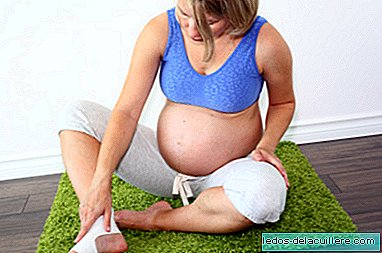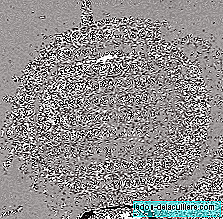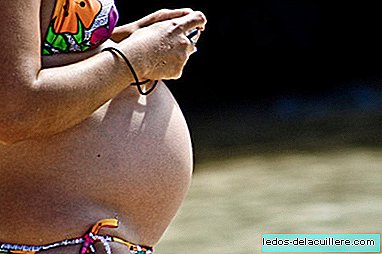
Preeclampsia and eclampsia are two of the hypertensive states in pregnancy, some medical complications that are associated with high blood pressure. Occasionally, problems can lead to maternal, fetal or neonatal death or chronic disability and, according to WHO, it is necessary to optimize health care to prevent and treat women with hypertensive disorders to meet the Development Goals Millennium
For that reason he has prepared a guide that summarizes the recommendations for the prevention and treatment of preeclampsia and eclampsia. According to data from the Organization, among the hypertensive disorders that complicate pregnancy, preeclampsia and eclampsia stand out as the main causes of maternal and perinatal morbidity and mortality. But most deaths caused by preeclampsia and eclampsia can be avoided by paying timely and effective attention.
In Africa and Asia, almost a tenth of maternal deaths are related to these disorders, while in Latin America, a quarter of maternal deaths are related to these complications. Many times these are environments in which women do not receive adequate medical attention.
The WHO guide includes 23 recommendations, classified as weak or strong taking into account the quality of scientific evidence and other factors (including values and preferences, the magnitude of the effect, the balance between benefits and losses, the use of resources and the feasibility of each recommendation). The quality of the scientific evidence on which each recommendation was based is classified as very low, low, moderate or high.

Some of the recommendations classified as "Strong" are:
- The administration of calcium supplements in those areas where the consumption of this mineral is low.
- Administration of low dose acetylsalicylic acid (aspirin, 75 mg) for the prevention of preeclampsia in women who have a high risk of developing it.
- Administration of magnesium sulfate (preferably over other anticonvulsants) to prevent eclampsia in women with severe preeclampsia.
- Induction of labor is recommended in women with severe preeclampsia when, due to gestational age, the fetus is not viable or is unlikely to achieve viability within one or two weeks.
- In women with severe term preeclampsia, premature delivery is recommended.
We recommend you read the entire document if you are in any of these situations and want to deepen the reasons for the recommendations. It also includes the interventions that are not recommended for the prevention or treatment of preeclampsia and eclampsia, such as indicating bed rest or at home (although there are certain exceptions), the administration of diuretics or vitamin C and vitamin E supplements ...
If you suspect that you suffer from a disorder of blood pressure, if your feet, hands or face have suddenly swollen, if your weight has varied greatly in a short time, if you have severe headaches or blurred vision ... go to the doctor so that Determine the cause of those symptoms.
Remember that Hypertensive disorders of pregnancy affect about 10% of pregnant women worldwide and that it is not a matter of complications restricted to developing countries. Surely among our readers there are many cases of women who suffered these diseases in pregnancy but did not affect the health of the baby. It is important to follow medical checks throughout pregnancy to avoid complications.












